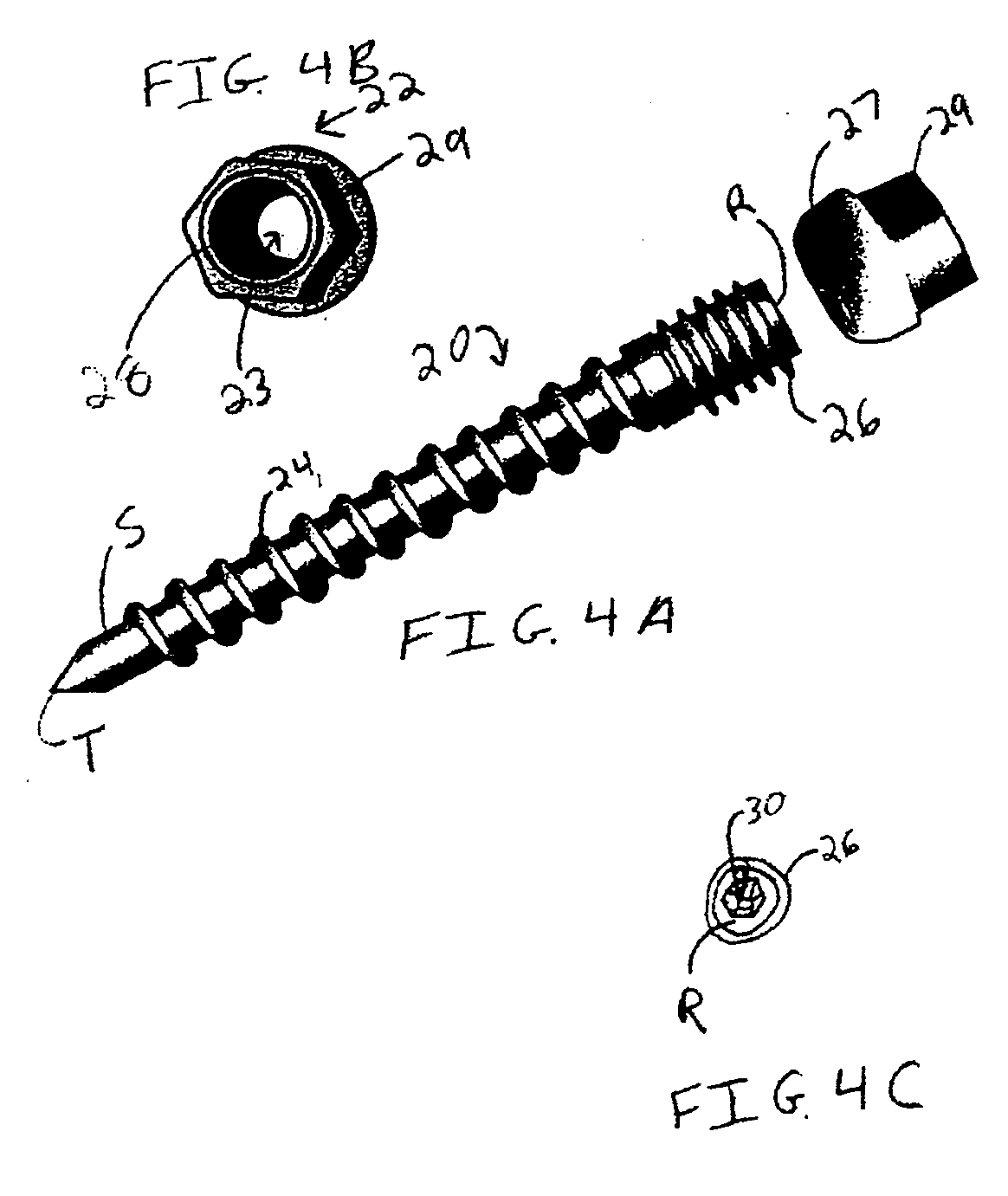Occipitocervical plate
a technology applied in the field of occipital and cervical spine, can solve the problems of affecting the implantation procedure, prolonging and complicating the implantation procedure, and affecting the implantation effect,
- Summary
- Abstract
- Description
- Claims
- Application Information
AI Technical Summary
Benefits of technology
Problems solved by technology
Method used
Image
Examples
examples
[0054] Data used in this example was also used in preparing the paper, Gluf and Brockmeyer, Atlantoaxial transarticular screw fixation: a review of surgical indications, fusion rate, complications, and lessons learned in 67 pediatric patients, J. Neurosurg Spine 2:164-169, 2005, the disclosure of which is incorporated herein by reference.
[0055] 23 pediatric patients were treated for occipital cervical instability by occipitocervical fusion performed with implants in conjunction with C1-C2 transarticular screws. While older patients were treated using Ohio Medical Instruments U-loop, rod / plate devices, patients from the ages of 2 to 5 years of age were treated using a system in accordance with the present invention, referred to as the Avery Brockmeyer-Thiokol plate, sized to fit patients 2 to 5 years of age.
[0056] A preoperative imaging protocol including plain cervical flexion-extension radiography and thin-cut (1-mm) CT scanning of the occiput—C3 region with sagittal and coronal ...
PUM
 Login to View More
Login to View More Abstract
Description
Claims
Application Information
 Login to View More
Login to View More - R&D
- Intellectual Property
- Life Sciences
- Materials
- Tech Scout
- Unparalleled Data Quality
- Higher Quality Content
- 60% Fewer Hallucinations
Browse by: Latest US Patents, China's latest patents, Technical Efficacy Thesaurus, Application Domain, Technology Topic, Popular Technical Reports.
© 2025 PatSnap. All rights reserved.Legal|Privacy policy|Modern Slavery Act Transparency Statement|Sitemap|About US| Contact US: help@patsnap.com



